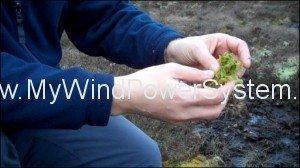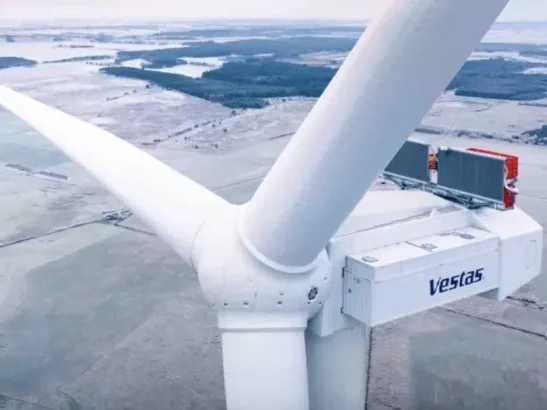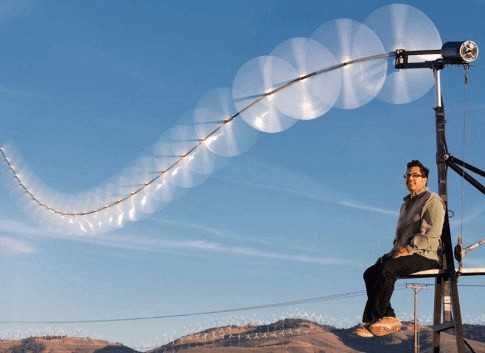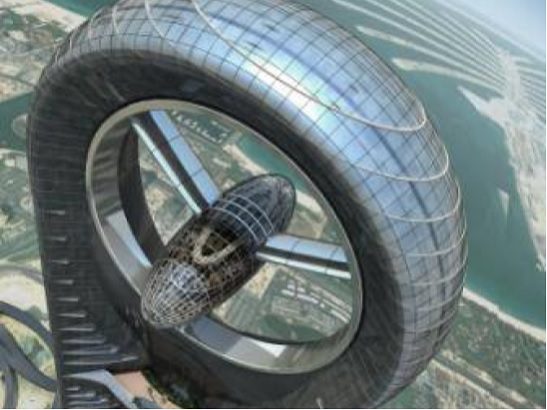As always here at MWPS while we are pro-wind, we do not shy away from issues that should be addressed when weighing up questions such as where wind farms should be sited. The need to be sensitive to local views, proximity to populations, sites of natural beauty and bird and bat nesting sites are well-known, but the type of soil on which a wind farm is built has not had so much publicity.
A report is being prepared to be published later this year on the relationship between peat soils and the infrastructure- roads mainly- that are needed to support wind turbine erection and maintenance. Writing in the scientific journal Nature, the scientists, Dr Jo Smith, Dr Dali Nayak and Prof Pete Smith, of Aberdeen University, say: “We contend that wind farms on peatlands will probably not reduce emissions …we suggest that the construction of wind farms on non-degraded peats should always be avoided.”
When wind farms are built on upland sites, ideal spots to harness wind, they can often be sited on peat soils. So what? Well, peat soils are a large store of carbon. Peat bogs contain and absorb carbon in the same way as trees and plants — but in higher quantities. British peatland stores at least 3.2 billion tons of carbon, making it the country’s most important carbon sink and among the most important in the world. Some have even compared British peatland to the rainforest in importance of reducing carbon. The problem is not the wind turbines themselves but the roads that need to be built to access the farms.
Peat only retains its carbon if it is moist, but the roads and tracks can block the passage of the water. Roads can sink after time, causing the peat to dry out and release its carbon, thereby undermining the carbon reduction efficacy of the wind farm generating renewable electricity and saving on fossil fuel burning.
Naturally the anti-wind lobby will grab on this article in Nature and say that wind farm creation should be halted. However the wind industry is increasingly building “floating roads” to minimise the risk to peat soil beneath them. Rock is piled on a textile surface without disturbing the peat underneath.
The debate about peat versus wind is none more active than in Scotland which has 15% of the world’s blanket bog and has also pledged that it aims to produce 100% of the country’s energy from renewable sources such as wind in the future.
The researchers initially believed that well-managed and well-sited peatland wind farms could still cut greenhouse gas emissions, over time, compared to electricity generation overall. But now they say that the shrinking use of fossil fuels in overall electricity generation has changed the equation, making them less favourable when looking at peatland wind farms.
“Our previous work argued that most peatland sites could save on net [CO2] emissions,” they said. “But emissions factors [in UK electricity generation as a whole] are likely to drop significantly in the future.
However we believe that the impact of properly managed wind farms on peat and carbon emissions is minimal. Niall Stuart, director of Scottish Renewables, a trade association, said that damaged peatland could be restored in as little as a year.
He said the association had signed a “statement of good practice principles” with environmental groups promising that “every reasonable effort” will be made to avoid “significant adverse environmental effects” on peatland, including “properly planned and managed habitat restoration”.
Jennifer Webber, a spokesman for RenewableUK, the industry lobbying group, said to the Daily Telegraph newspaper: “Wind farms continue to be an important tool in decarbonisation and energy independence, with actual measurements showing wind displacing gas from the system. This is why they retain support from environmental organisations.”





